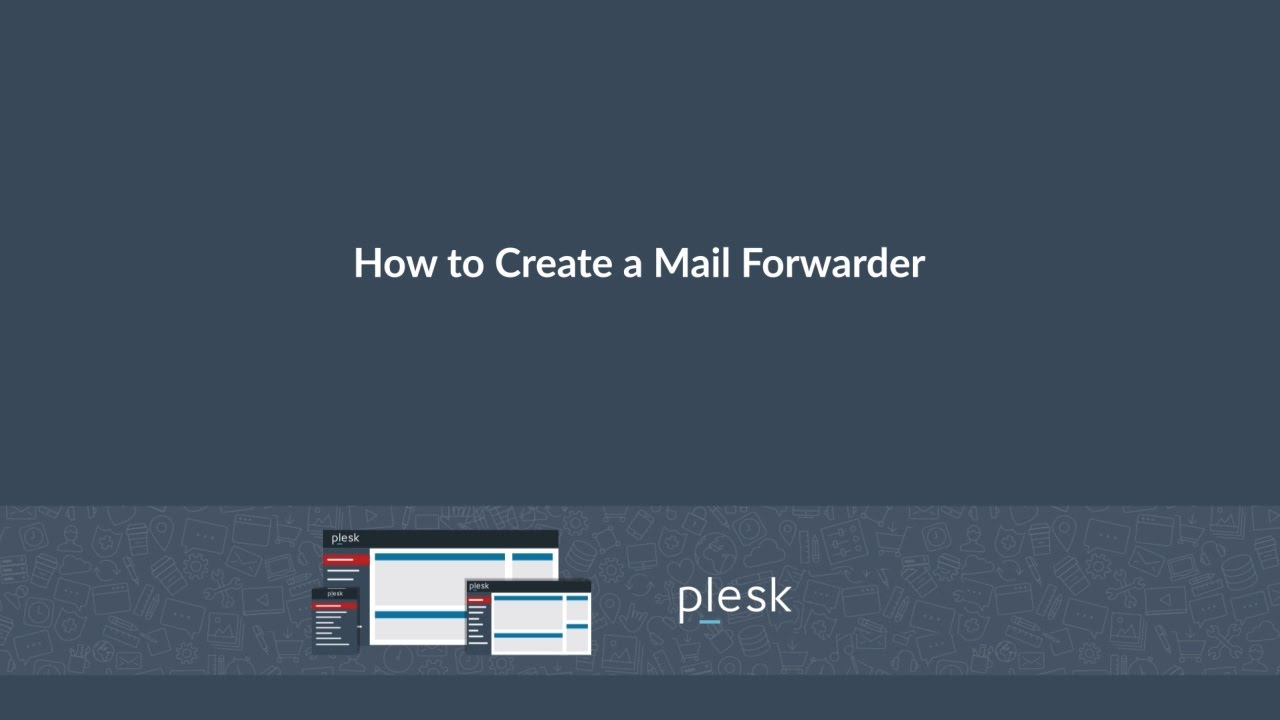
What Is DKIM Record And Its Importance
DKIM Record is one of the security standards to improve email security and prevent phishing, spoofing, and email spam. This text explains what DKIM is, how DKIM works, Importance of DKIM and How to Set Up a DKIM Record,
Table of Contents
What is a DKIM Record?
DomainKeys Identified Mail (DKIM) is an email authentication method designed to protect email senders and recipients from spam, phishing, and email spoofing. It allows the recipient to verify that the email was not altered during transit and that it originated from a specific domain.
A DKIM record is a type of DNS (Domain Name System) record that contains a public key used for email verification. When configured, DKIM adds a digital signature to email headers, which can be verified by the recipient’s email system using the public key published in the sender’s DNS records.

How DKIM Works
- Signing Emails:
- The email server of the sender (or an authorized third party) generates a unique signature for the email using a private key.
- This signature is added to the email’s header.
- Publishing the Public Key:
- The domain owner publishes a public key in their DNS as a TXT record. This is the DKIM record.
- Verification:
- The recipient’s email server retrieves the public key from the sender’s DNS record.
- It uses the key to decrypt the signature and verify that:
- The email was not altered during transit.
- The sender’s domain matches the domain in the DKIM signature.
Importance of DKIM
- Email Authenticity: DKIM ensures that the email originates from an authorized server associated with the sender’s domain.
- Protection Against Spoofing: It prevents cybercriminals from forging email addresses to trick recipients (email spoofing).
- Improves Deliverability: Many email providers prefer emails with valid DKIM signatures, reducing the chances of the email being marked as spam.
- Enhances Trust: Recipients are more likely to trust emails with a valid DKIM signature, improving the credibility of the sender.
- Integration with DMARC: DKIM works alongside SPF (Sender Policy Framework) and DMARC (Domain-based Message Authentication, Reporting, and Conformance) to provide robust email security.

How to Set Up a DKIM Record
- Generate DKIM Keys:
- Use your email provider or a tool to generate a pair of private and public keys.
- Publish the DKIM Record:
- Add a TXT record to your DNS settings with the following:
- Name: Typically, a selector (e.g.,
selector._domainkey) combined with your domain. - Value: The public key.
- Name: Typically, a selector (e.g.,
- Add a TXT record to your DNS settings with the following:
- Enable DKIM Signing:
- Configure your email server or service to sign outgoing emails using the private key.
- Test the Setup:
- Use tools like DKIM validators to ensure that the record is properly configured and functioning.
Example of a DKIM Record
DNS TXT Record:
- Name:
selector1._domainkey.yourdomain.com - Value:
v=DKIM1; k=rsa; p=MIGfMA0GCSqGSIb3DQEBAQUAA4GNADCB...
Common Issues and Tips
- Key Length: Use at least 1024-bit or 2048-bit keys for stronger security.
- DNS Propagation: It might take some time for the DKIM record to propagate after being added.
- Misconfigured Records: Ensure there are no typos in the DKIM record, especially in the public key.
- Test Regularly: Regularly validate your DKIM setup to ensure ongoing functionality.
By implementing DKIM, you contribute to a more secure email hosting ecosystem and ensure that your emails reach their intended recipients safely.


